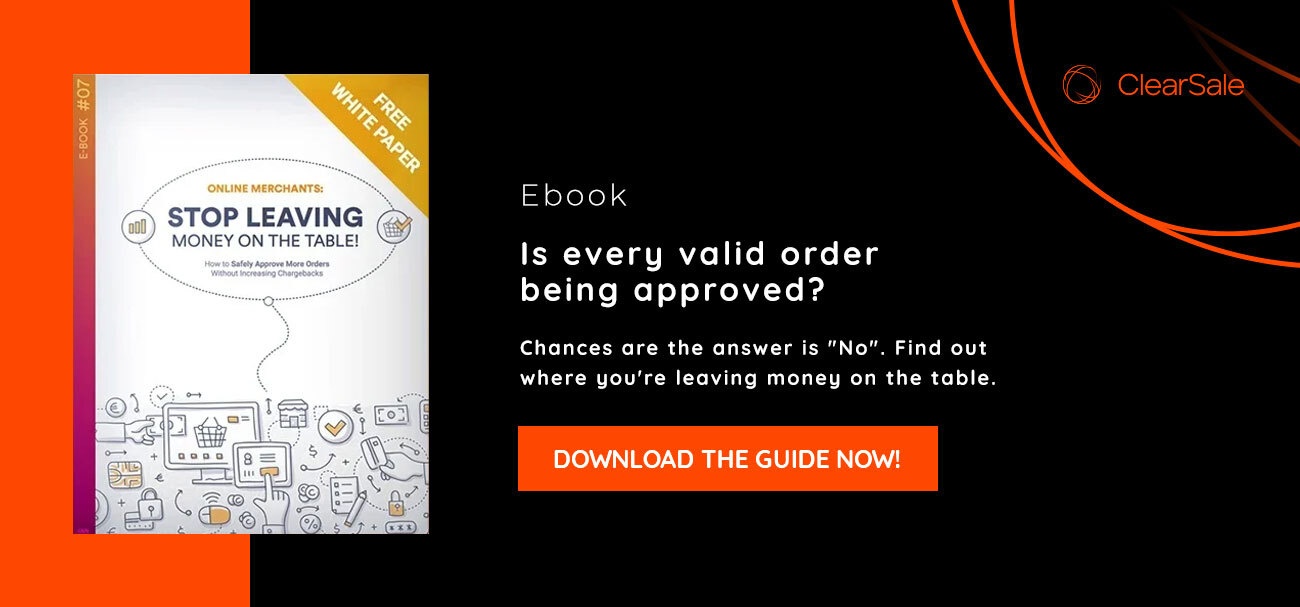How to Identify False Declines in e-Commerce
It’s relatively easy for merchants to know when they have a fraud problem. Their chargeback ratios soar, and customer complaints rise.
But knowing how many legitimate transactions a merchant has incorrectly declined? That’s a much harder metric to quantify, but it’s no less important. Here’s where to start.
Businesses that can’t correctly identify false declines and prevent their recurrence can suffer devastating effects. For example, the more valid orders a merchant declines, the more orders, customers and revenue they’re losing.
Think that’s an exaggeration? Consider this: Retailers lose more money on false declines ($118 billion) per year than the amount lost to actual credit card fraud ($9 billion).
Luckily for merchants, identifying and preventing these false declines doesn’t have to be hard. Here are four ways to identify false declines in e-Commerce.
Monitor Online Mentions
Because an estimated 60% of declined orders are actually legitimate orders, false declines don’t create just unhappy customers — they create unhappy vocal customers. Through a handful of complaints on social media, disgruntled consumers can ruin a merchant’s reputation forever. These customers are posting on social media to try to find out why their transaction was declined — hoping to get answers from the company itself or at least vying for sympathy from other similarly rejected customers.
To minimize the damage online posts and reviews can do, e-commerce merchants should keep a close eye on complaints sent to customer service and posted on review sites like Yelp, customer forums and social media sites. If a merchant sees their name appear repeatedly alongside complaints, the merchant will want to review their fraud-screening procedures, re-examine any fraud filters that may be rejecting good transactions, and identify any common characteristics of the declined transactions.
Analyze the Situation
One of the worst things business owners can do is decline transactions based on assumptions. Making sweeping generalizations about purchases — like orders placed from China or orders with shipping addresses that differ from billing addresses — can lead to plenty of false declines. Understanding the context of an order, like knowing orders placed as gifts during the holiday season will frequently have different billing and shipping addresses, can help merchants identify and approve orders that might otherwise be declined.
Review Orders Manually
When it comes to correctly evaluating questionable and high-risk orders, manual reviews are essential. These reviews let e-commerce merchants flag truly fraudulent orders, approve more legitimate purchases, get better insights on distinguishing between the two, and improve the accuracy of future reviews.
The process sounds simple enough, but the trouble lies in that nearly 30 percent of online orders would likely be subject to review. That means manual reviews can be a time-consuming, labor-intensive expense, making it less practical for merchants with high order volumes or small businesses with limited staff. And for merchants without in-house fraud expertise, these reviews might not even be an option.
Calculate Order Approval Rates
Decline rate is a critical metric for merchants to routinely calculate. But there’s a catch: Even if merchants think they know their approval rates, they’re probably wrong, thanks to incorrect calculations. And that can be a costly mistake for several reasons. If merchants don’t know their true approval rates, they’re likely underestimating the revenue they’re losing. Even worse, if they’re using purely automated fraud systems to screen transactions, it’s almost guaranteed that they have — and are unaware they have — a false decline problem with sales. So these merchants blindly go about their business, leaving money on the table with every declined transaction.
Because it’s so important for merchants to know which transactions failed and why, we’ve published a whole e-book dedicated to calculating and understanding order approval rates. Download the “How to Safely Approve More Orders Without Increasing Chargebacks“ e-book today, and learn how to stop leaving money on the table. You’ll learn the needed steps to get an accurate view of your order approval and false decline rates and how your team can improve order approvals without a corresponding increase in false declines.
We’ll also explain how our approach never incorrectly declines transactions — letting you safely approve more orders without increasing your chargeback rate.
 Sarah Elizabeth
Sarah Elizabeth
